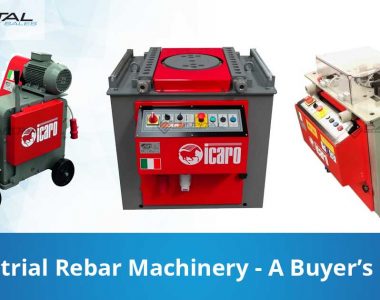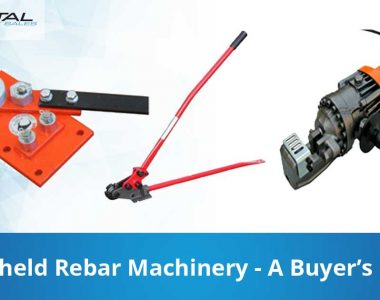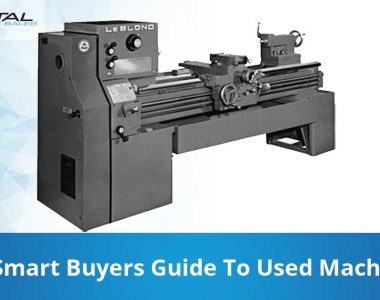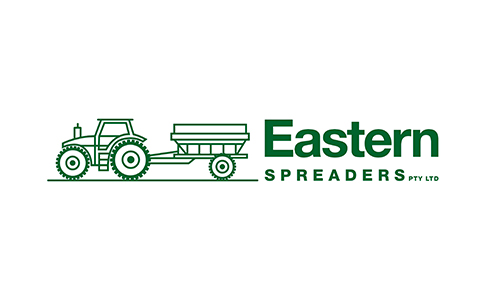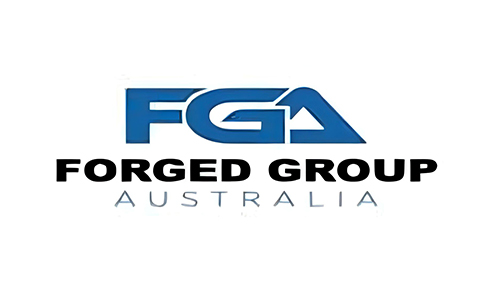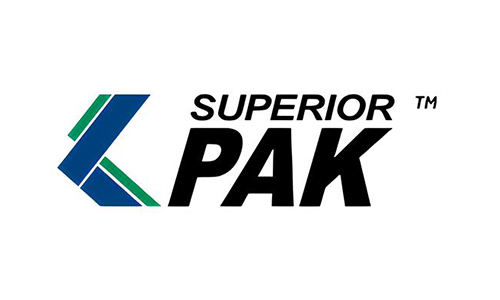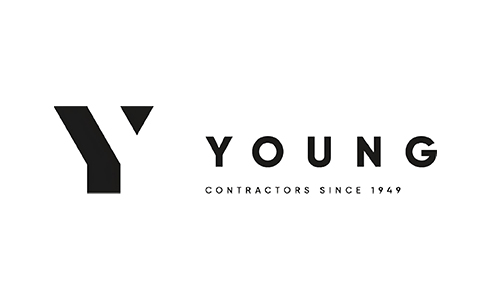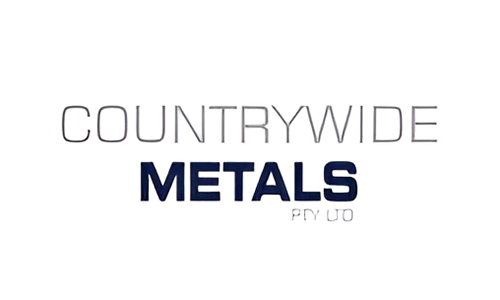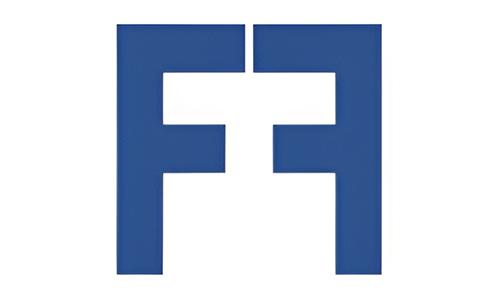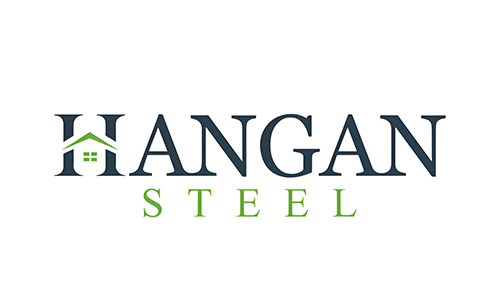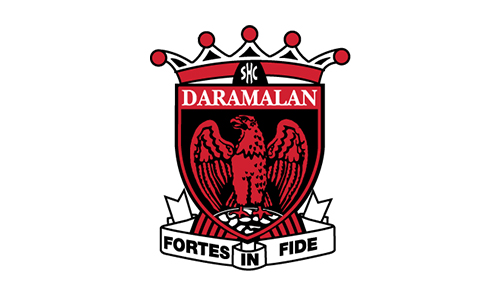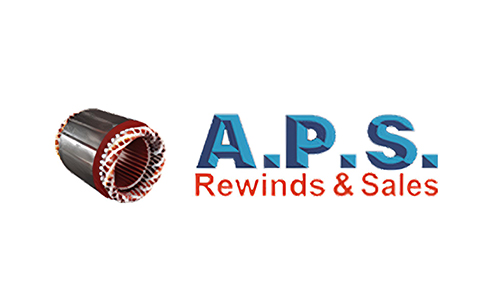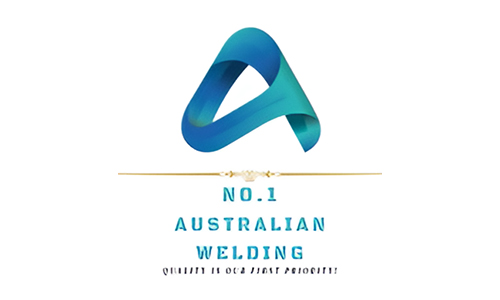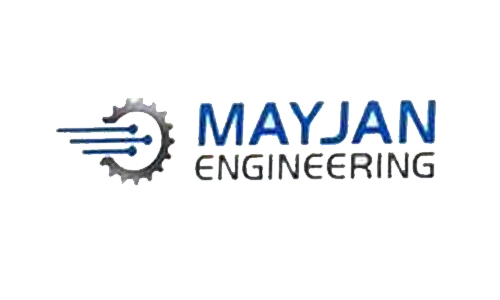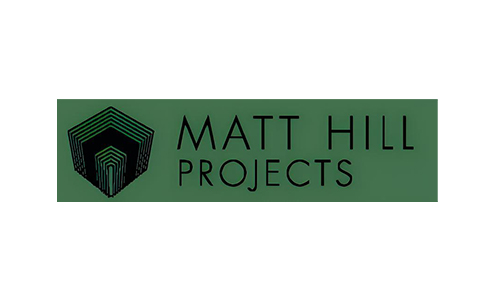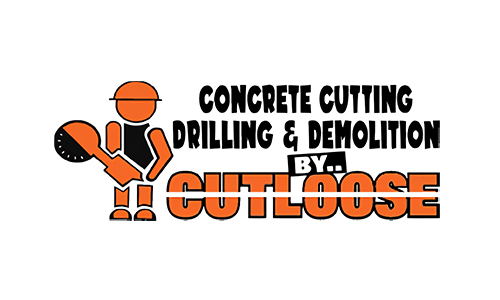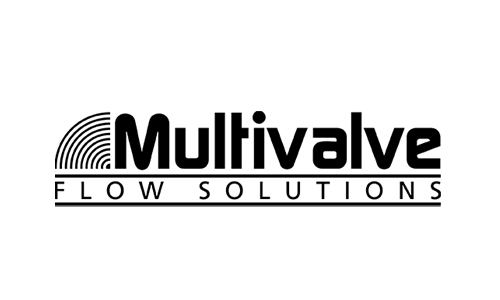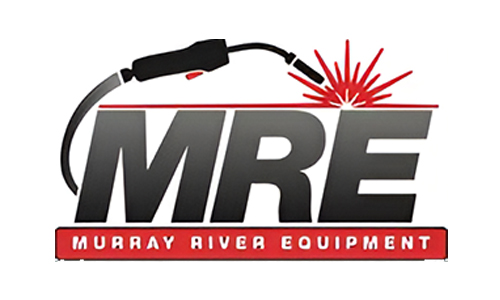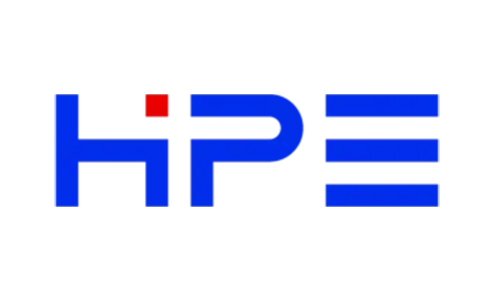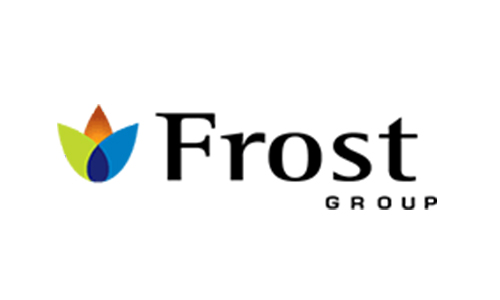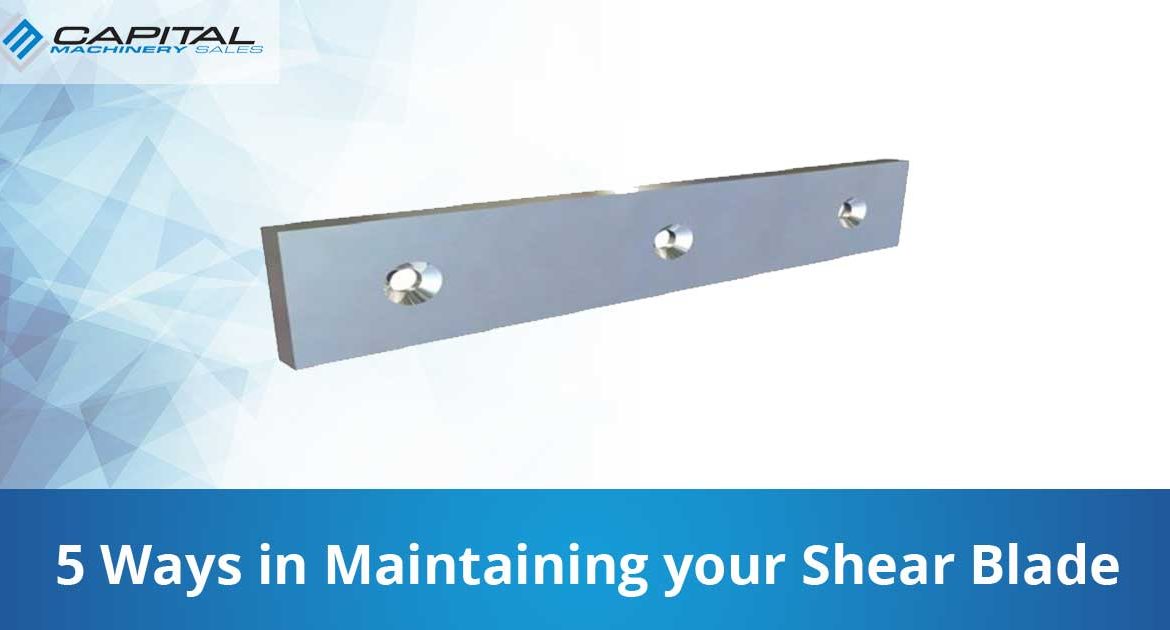
5 Ways in Maintaining your Shear Blade
How to Maintain your Shear Blade
Shear blades is a common part of fabricating equipment that is found in different metal forming plants; from tube mills to small fabricators.
In this article, we’re going to tackle on how to maintain these shear blades.
1. Understand your Machine
When it comes to machines, it is important to understand the function, design and operation of your machine. The main cause of failure of the machine is overloading it beyond the OEM’s parameter. Always follow the OEM’s load recommendation of the machine and adjustments should be done regularly before you start with the process. Misuse of lubricant can cause significant damage to your machine and must be follow by the recommended OEM.
2. Regular Inspections and Documentation
Before start with your task, it is important to schedule daily documentation and inspections to your machine. Areas should be inspected including the shear’s ability to execute all functions of operation, bearings and all emergency functions.
3. Blade Setting
Setting the Shear Blade properly is the key to extending the machine and the blade life. Clearances for blade cutting affects the drive, ram, tooling and the cut quality. Remember, before setting the blade seat should be checked for flatness and to ensure that the tooling is seated properly to eliminate blade chipping caused by shifting during cutting.
4. Follow a Maintenance Plan
Maintaining your shear blade needs a proper guide to keep it on tip-top shape. Here are some them:
The following parts of a shear require regularly scheduled maintenance:
- The air system should be maintained properly to ensure that the air is clean. All regulators must be set so that they are operating correctly. Maintaining the regulators helps the pneumatically actuated mechanisms to function properly.
- The lubrication system must be cleaned, filled, and properly filtered. Broken, kinked, or twisted lines must be replaced. Each point must be disconnected and examined to determine if the lubrication is reaching its destination. Sumps and reservoirs should be routinely emptied, cleaned, and refilled.
- The machine clutch and brakes must be examined for proper lining thickness, clearances, and signs of failure. Worn linings must be replaced immediately. Using the machine builder’s specifications must be adjusted or corrected upon inspection.
- Counterbalance cylinders should be tested and reworked at the first sign of air leaks or failure. A counterbalance cylinder that has the proper action ensures the longevity of all working components of the shear and its tooling.
5. Repair Blade Immediately if Damaged
When damage, wear, or out-of-adjustment conditions are found, the shear should be immediately repaired or adjusted. Most catastrophic failure is caused by putting off simple repairs. Addressing repairs quickly is almost always less expensive than the cost of correcting the damage that can take place when repairs are ignored or put off. Additionally, operator safety depends on timely repairs.
Keeping the shear productive can be accomplished by performing these simple tasks. When a shear is maintained properly, replacement costs and catastrophic failure are avoided.

